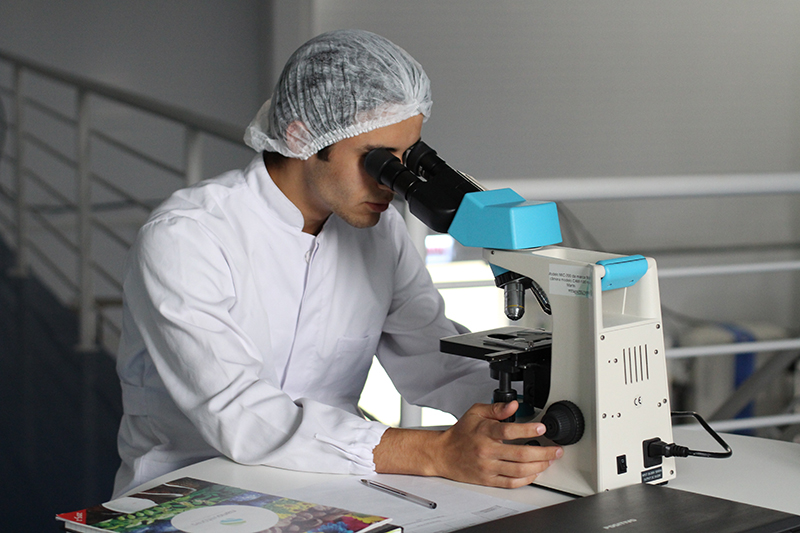Polymer synthesis is a very active area of research in today’s world. Researchers use many different methods to synthesize polymers and resins; each has advantages and disadvantages. This blog will look at popular methods for synthesizing polymers, including living polymerization, ring-opening polymerization, step-growth or condensation polymerization, and chain-growth or addition polymerization. We will also discuss newer techniques like click chemistry and RAFT polymerization. The information presented below is meant to give you an overview of these various methods and some understanding of their effect on the resulting polymer structure being formed.
Different Types of Polymerizations
Most methods for the synthesis of polymers and resins used in industry today can be broadly characterized as either addition or condensation polymerizations. Even though these are the most prominent commercial methods, they are by no means exclusive. Other important methods for carrying out polymerizations are also presented here. Let’s discuss each in detail:
Chain-Growth Polymerization (Addition Polymerization)
Chain-growth polymerization is the most common type of polymerization, and it is used to synthesize a wide variety of polymers. In this reaction, one end of the chain reacts with a monomer, and the other end remains active, allowing the reaction to continue until all of the monomers have been used up. Typical addition polymers are polypropylene, polyethylene, and acrylics
Step-Growth Polymerization (Condensation Polymerization)
Step-growth polymerization also a very common commercial method. This method is commonly known as condensation polymerization because water is often released as a by-product of the reaction. In this reaction, chains grow in either direction to form oligomers (short polymer chains). These oligomers continue to react to form polymers. Unlike addition polymerization, these polymers form linear polymer chains devoid of branching unless deliberately designed to do so. A typical condensation polymer is polyester.
Ring-Opening Polymerization
Ring-opening polymerization is another popular method for synthesizing polymers. In this type of polymerization, a ring-shaped molecule opens up and reacts with a monomer to form a linear polymer chain. A typical polymer class employing ring opening polymerization is epoxy cured systems.
Living Polymerization
Living polymerization is a type of polymerization that allows for synthesizing very long polymer chains. This is because living polymerization uses a catalyst that remains active throughout the reaction, allowing the polymerization to continue until all of the monomers have been used. A typical polymer class formed via living polymerizations are block copolymers such as SBS rubber (a synthetic rubber).
Latest Techniques in Polymer Synthesis
Synthesis of polymers and resins are key areas of research in materials science. Since the field is constantly evolving; here’s a discussion on newer techniques:
Click Chemistry
Click chemistry is a powerful tool for the synthesis of polymers and resins. With click chemistry, it is possible to create a wide variety of structures with precise control over the final product’s molecular weight, composition, and design. Click chemistry has been used to synthesize a variety of resins, including those based on acrylates, methacrylate’s, vinyl esters, and epoxies.
In addition to its utility in synthesizing polymers and resins, you can also use click chemistry to create unique materials with interesting physical and chemical properties. For example, by using click chemistry to attach a variety of side groups to a polymer backbone, it is possible to tune the material’s solubility, electrical conductivity, and thermal stability. You can also use click chemistry to create materials with novel optical or mechanical properties.
One of the advantages of click chemistry is its ability to produce polymers and resins with very high purity. Using carefully designed synthetic protocols can minimize the number of side reactions and yield products with very high monomer conversion. This is important for many applications, such as those requiring materials with deficient levels of impurities.
Reversible Addition-Fragmentation Chain Transfer Polymerization
Reversible addition-fragmentation chain transfer (RAFT) polymerization is a powerful technique for synthesizing well-defined polymers and resins. In this type of polymerization, a “RAFT” agent is used to control the reaction and produce polymers with very well-defined structures. RAFT allows for the precise control of molecular weight, dispersity, and composition of the final product. In addition, RAFT provides a means to tailor the polymer’s or resin’s structure and properties to meet specific needs.
One of the critical benefits of RAFT polymerization is its versatility. For example, the synthesis of polymers can be conducted in many different solvent systems under wide range of conditions, with almost any type of addition monomers.
RAFT polymerization is also a relatively simple process, and can be carried out in solvent, water, and even two-phase aqueous/organic systems.In the two-phase polymerization instance, the reactants are added to the aqueous phase, and the RAFT agent is added to the organic phase. The two steps are mixed, and the reaction is carried out at an elevated temperature to complete the polymerization process.
Bottom Line
The synthesis of polymers and resins are essential to many industries, and the synthesis methods used to produce them are selected in order to create polymers with the best properties at the lowest costs. Each process has its benefits and drawbacks, which is why scientists continue researching new methods for synthesizing polymers. You can decide whether the product suits your needs with the discussed knowledge.



